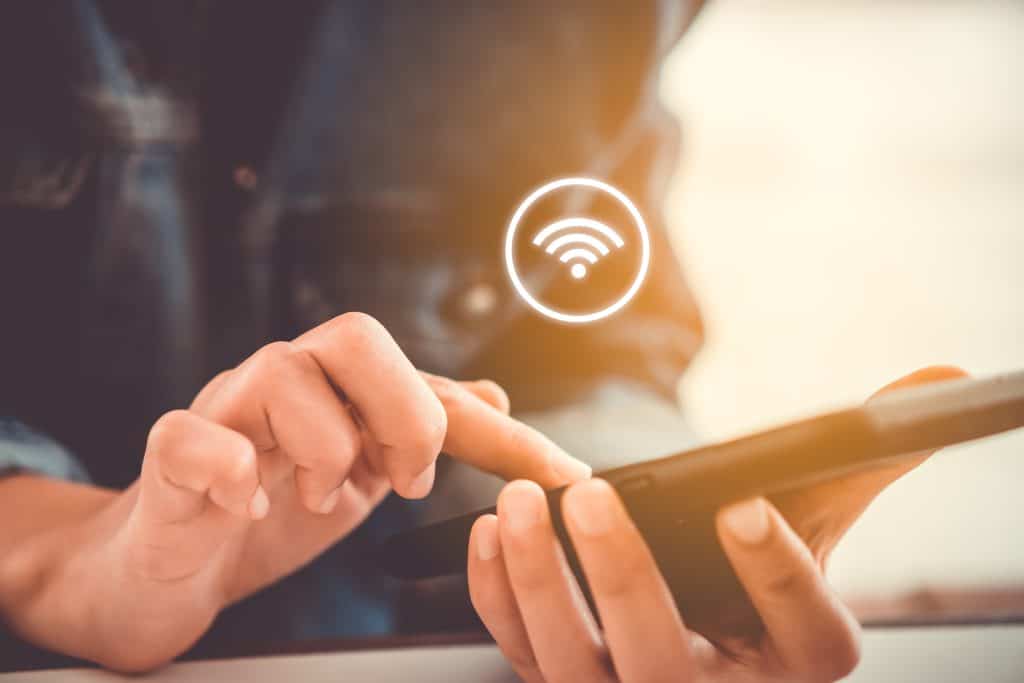We’ve all done it. You settle into your favorite café, library, or airport lounge, spot the glowing “Free Guest Wi-Fi” prompt, and click Connect without a second thought. It’s convenient, it works instantly, and best of all—it costs you nothing.
At least, that’s what most people assume.
In reality, that “free” connection might be the most expensive choice you make all week. It can cost you your bank account balance, your identity, your credit score, your peace of mind—and sometimes all of them at once.
In the world of cybersecurity, free public Wi-Fi is not a perk or a convenience. It’s an unsecured digital playground where attackers roam openly, waiting for the next unaware person to connect. If your personal information were a valuable diamond, logging onto public Wi-Fi is the equivalent of holding that diamond up in a dark alley and hoping no one notices.
This article takes a human-first, practical look at what actually happens on public Wi-Fi networks, why the risk is far higher than most people realize, and the one essential safety measure every person should use before joining any public hotspot.
The Man-in-the-Middle: Your Invisible Eavesdropper
Public Wi-Fi networks—yes, even the ones requiring a password—function like a shared party line. They’re designed to let as many people as possible join with minimal friction. Security is rarely the priority.
When you browse on these networks, your data travels through the airwaves in an easily intercepted stream. Unless you’ve added your own layer of encryption, it’s essentially exposed.
This is what makes Man-in-the-Middle (MITM) attacks so common and so dangerous. An attacker doesn’t need advanced tools, expensive hardware, or elite hacking skills. They can sit a few tables away with a cheap laptop—or even a smartphone—and quietly watch the traffic passing through the network.
They don’t need to break into your device.
They don’t need to guess your password.
They only need to wait until you type it.
A basic MITM setup allows them to see:
- Your email login credentials
- Your bank account username and password
Your routing and account numbers as you check balances
- The credit card number you enter while buying something online
- Your work login information if you access company systems
This all happens silently, invisibly, and in real time.
The eventual price you pay for that “free” Wi-Fi can take the form of:
- Months of recovering from identity theft
- Unauthorized withdrawals or charges
- Loans or accounts opened in your name
Ransom attempts
- A destroyed credit score
- Lost access to personal accounts
The financial, emotional, and time costs are far higher than any café latte you could ever imagine.
Lock the Digital Back Door with Encryption
Think of your personal data as a PIN, a passport, or a stack of cash. You wouldn’t shout those details aloud in a crowded café. Yet that’s effectively what happens when you connect to public Wi-Fi without protection.
The simplest and most effective solution is using a VPN app.
A VPN creates an encrypted tunnel for all your data. The moment you activate it, everything leaving your device is scrambled using strong encryption. Even if a cybercriminal intercepts the traffic, all they see is gibberish—completely unreadable.
Even better, a VPN protects:
- Banking information
Email and messaging traffic
Work logins - Social media credentials
- Online purchases
Cloud storage access
Using a VPN turns an open security liability into a private, secure channel—no matter where you connect.
Securing Your Entire Digital Home Base
Public Wi-Fi isn’t the only threat. Today’s homes are filled with smart cameras, voice assistants, thermostats, TVs, speakers, doorbells, and other IoT devices. Each one opens a potential back door into your digital life.
Securing every device individually is nearly impossible. The easiest and most comprehensive solution is to secure your router instead.
By installing a VPN directly onto your home router:
- All devices on your network become protected
- You get “always-on” encryption
- Even IoT devices that can’t run apps gain security
- You don’t rely on remembering to turn anything on
Most major providers offer simple setup guides. With a fast VPN Download, your entire home instantly gains a foundational layer of protection that runs quietly in the background.
It’s one of the highest-return, lowest-effort digital safety upgrades you can make.
The Safety Pledge: Don’t Pay the Coffee Shop Tab
In a world where data is currency, every person needs to adopt one essential rule:
Never assume the network is safe.
Before joining any public Wi-Fi:
- Activate your VPN app first.
Make it a habit, like buckling a seatbelt. - Avoid sensitive tasks without a VPN.
If you can’t use one, wait until you’re home or switch to cellular data before doing anything involving banking or private accounts. - Be skeptical of unsolicited emails and calls.
Attackers often use stolen data to launch targeted phishing campaigns.
Public Wi-Fi may feel harmless because it’s everywhere. But behind that convenience lies a very real and very costly risk. Cybercriminals count on people assuming everything is fine.
Protecting yourself is no longer optional—it’s a basic part of modern life.
The next time you tap into that tempting “free Wi-Fi” network, remember:
The connection may be free, but the hidden fee can be devastating.
Make the safer choice. Use protection before you connect—and skip the $10,000 coffee shop tab.
Sandra Larson is a writer with the personal blog at ElizabethanAuthor and an academic coach for students. Her main sphere of professional interest is the connection between AI and modern study techniques. Sandra believes that digital tools are a way to a better future in the education system.






